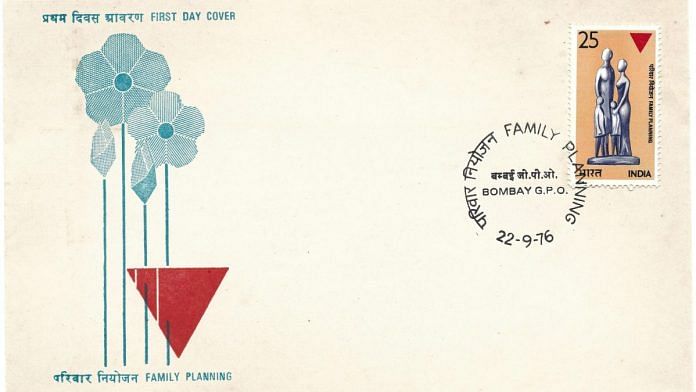In India’s Azadi ka Amrit Mahotsav, in the 75th year of Independence, citizens are revisiting the nation’s past. A lot of scholarship is available on key turning points in our history since 1947, but a wealth of hidden histories lies in materials beyond conventional archives such as postage stamps.
Independent India has issued about 3,000 commemorative and definitive (printed in large quantities for regular use) stamps. From inclusive nationalism to cultural nationalism, from public discourse centred around policies to personalities – these stamps tell a story of an India that captures changes and shifts in the nation’s priorities and narratives.

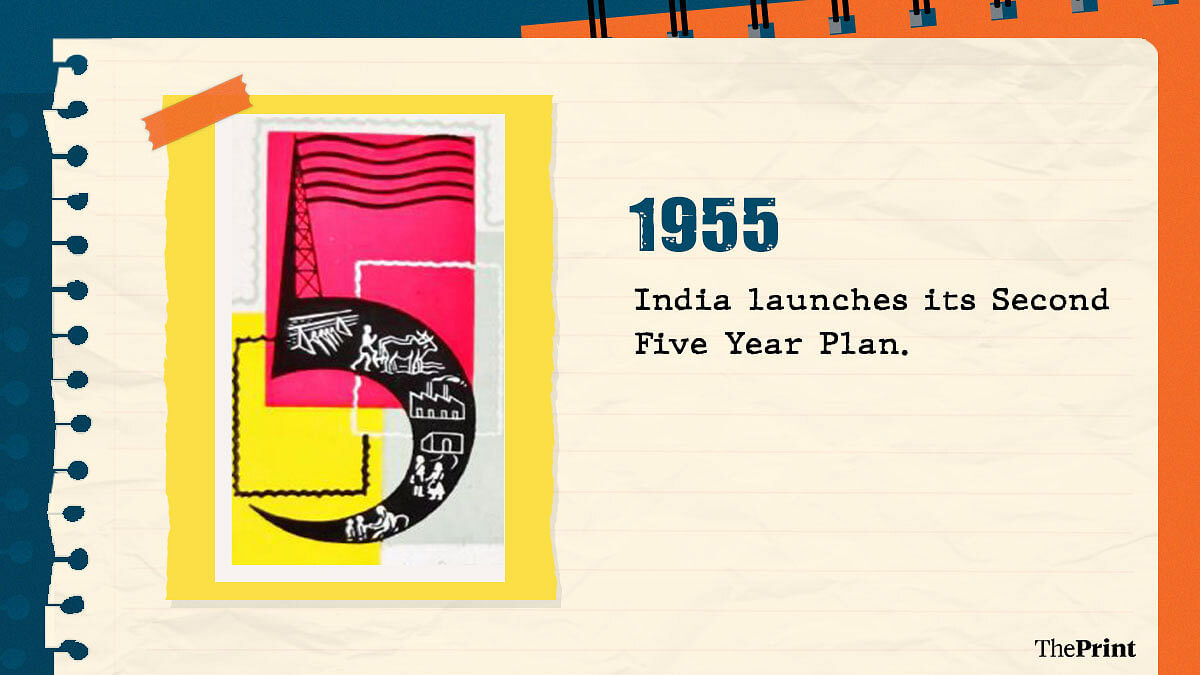
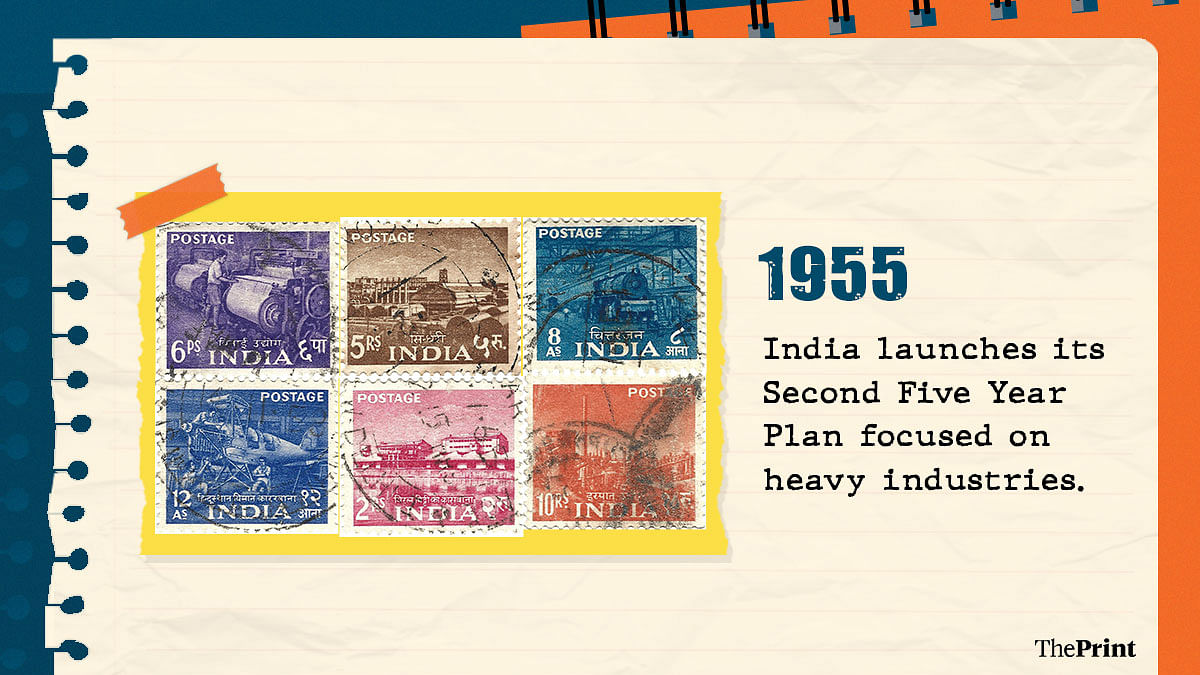



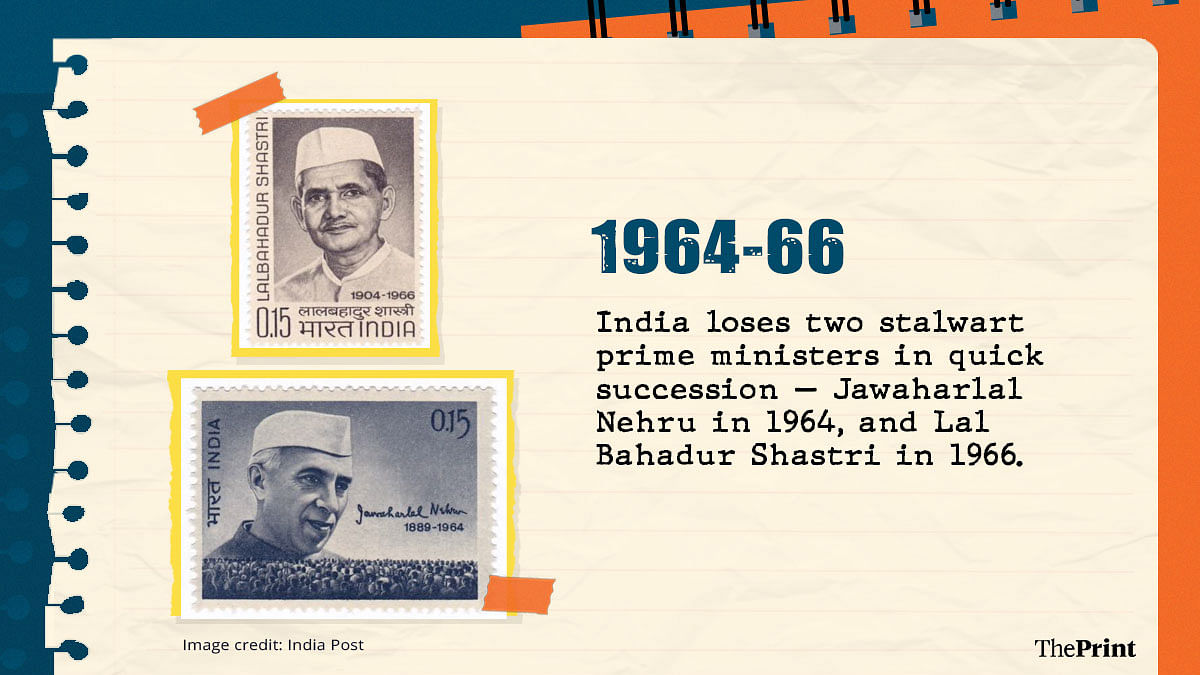
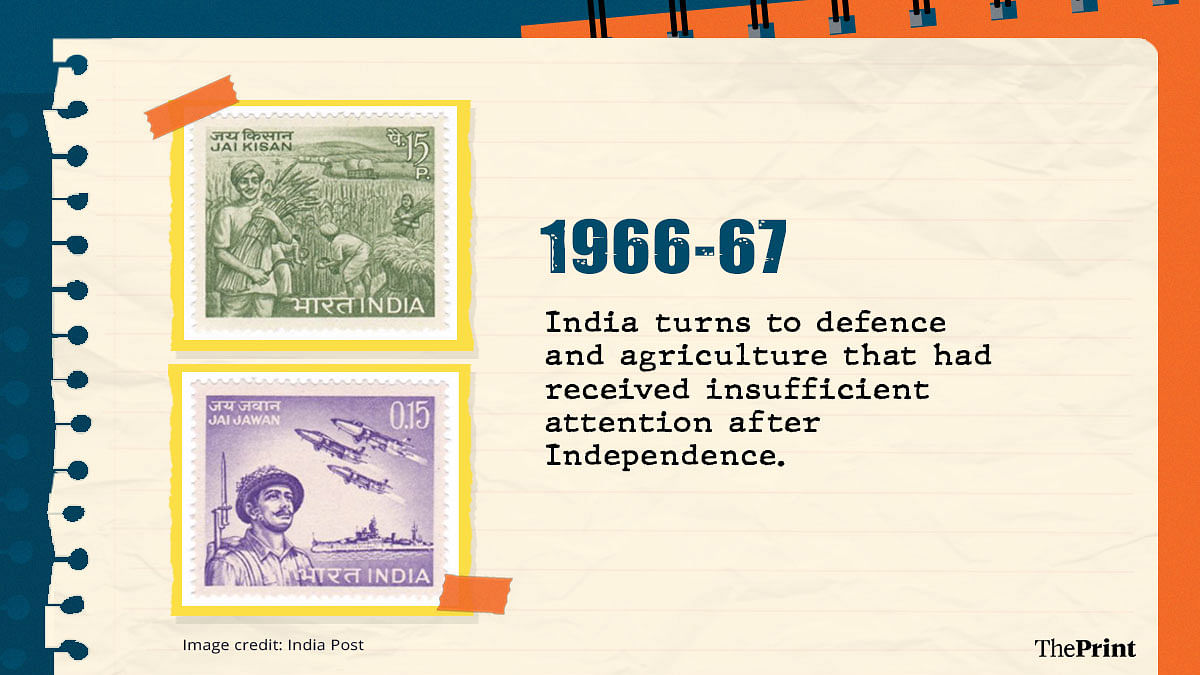

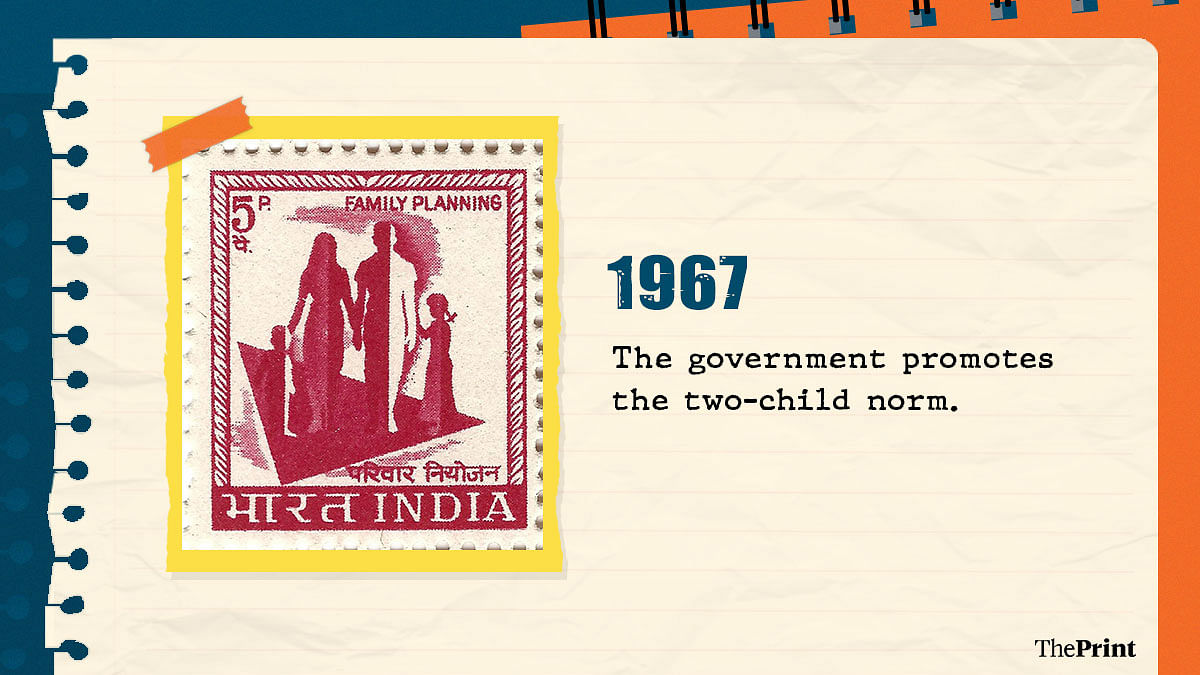

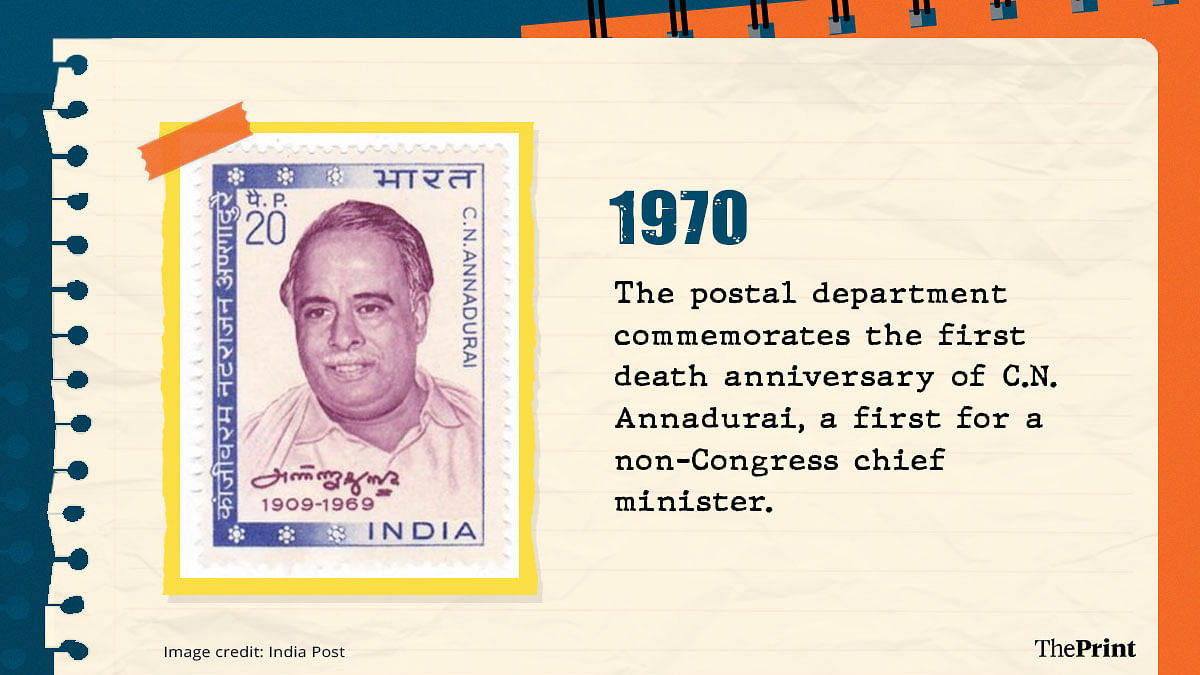
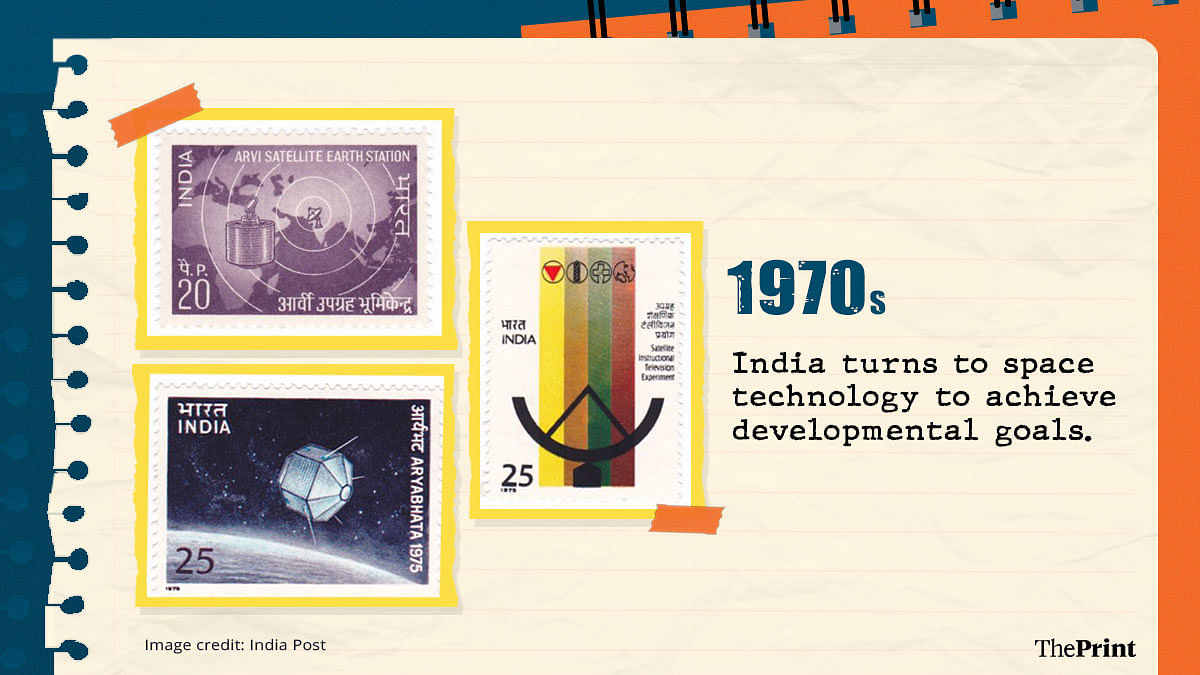
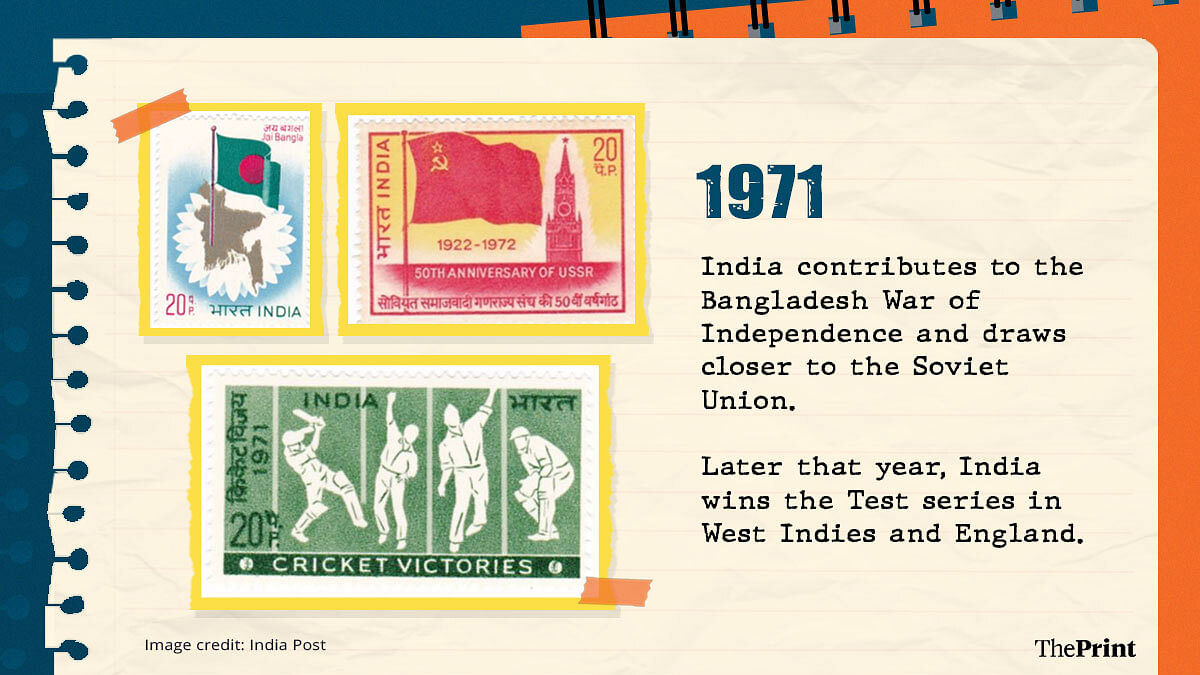







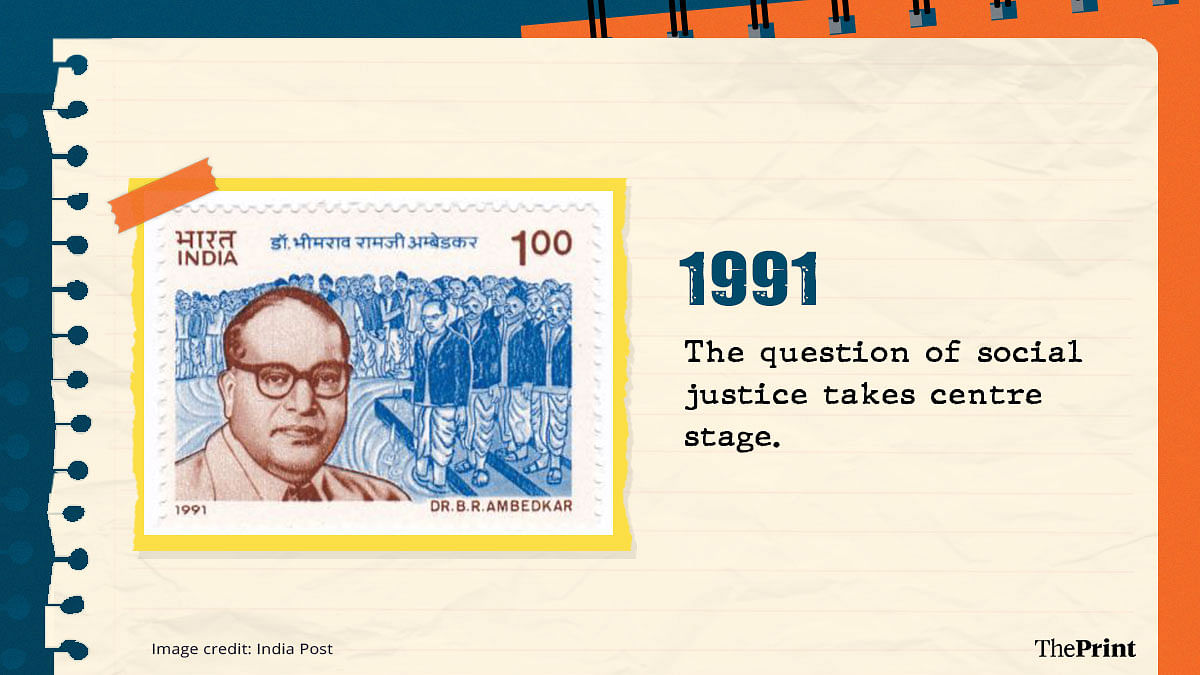


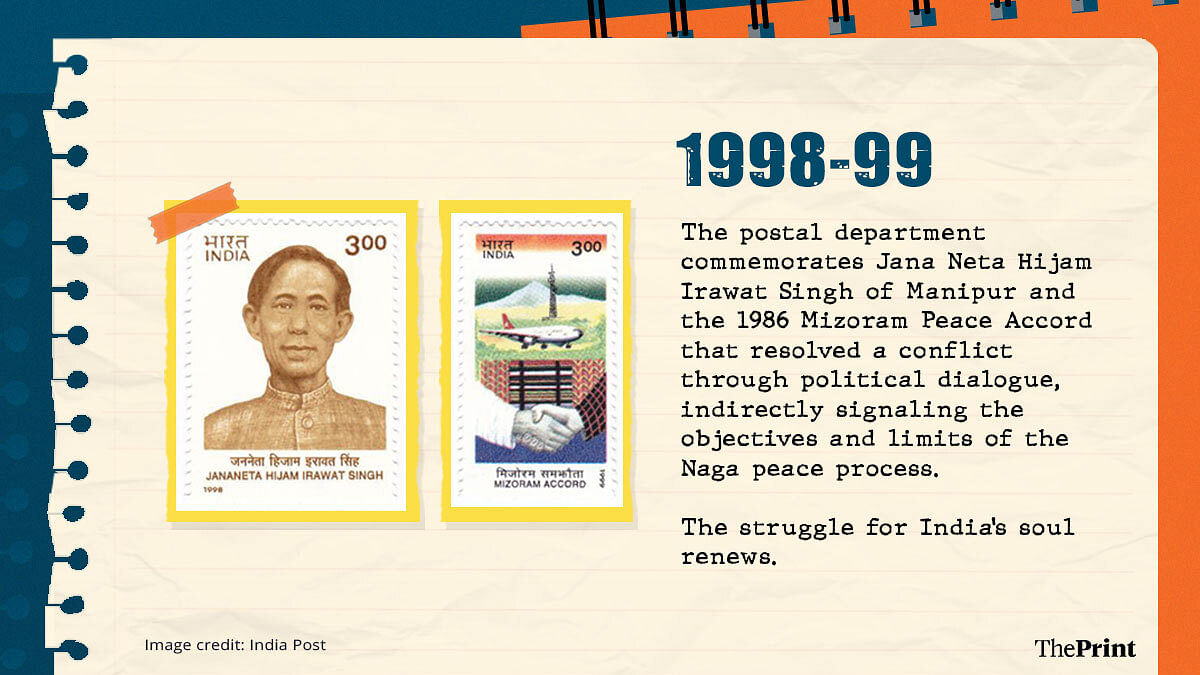

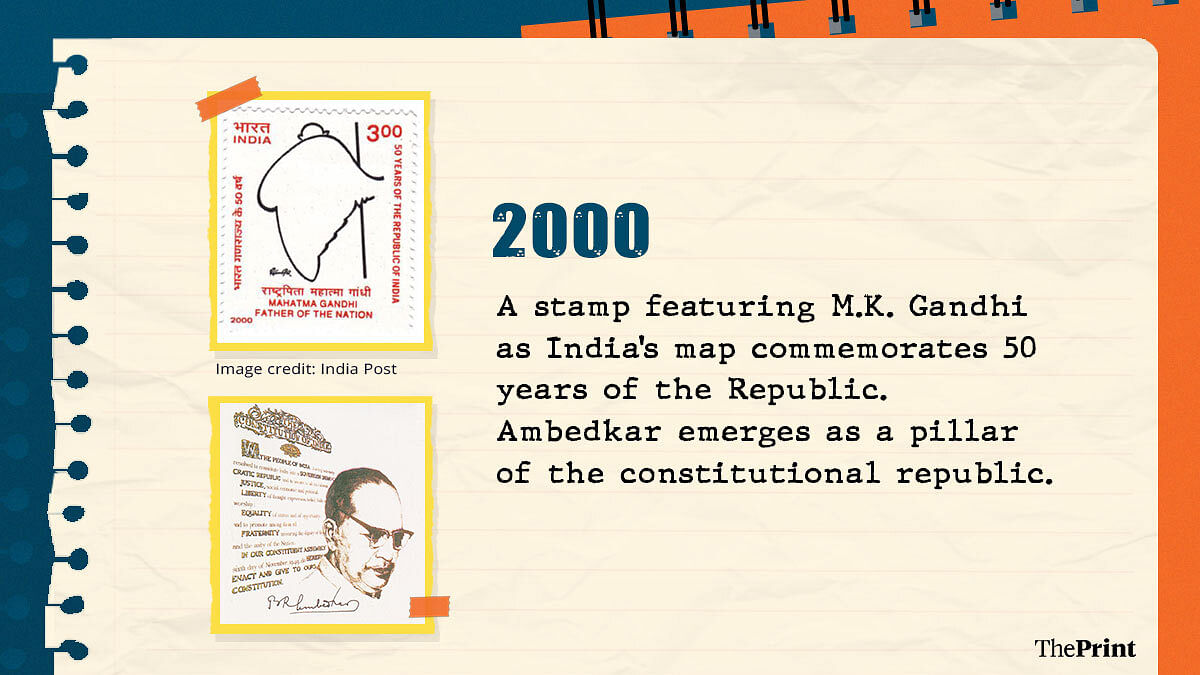
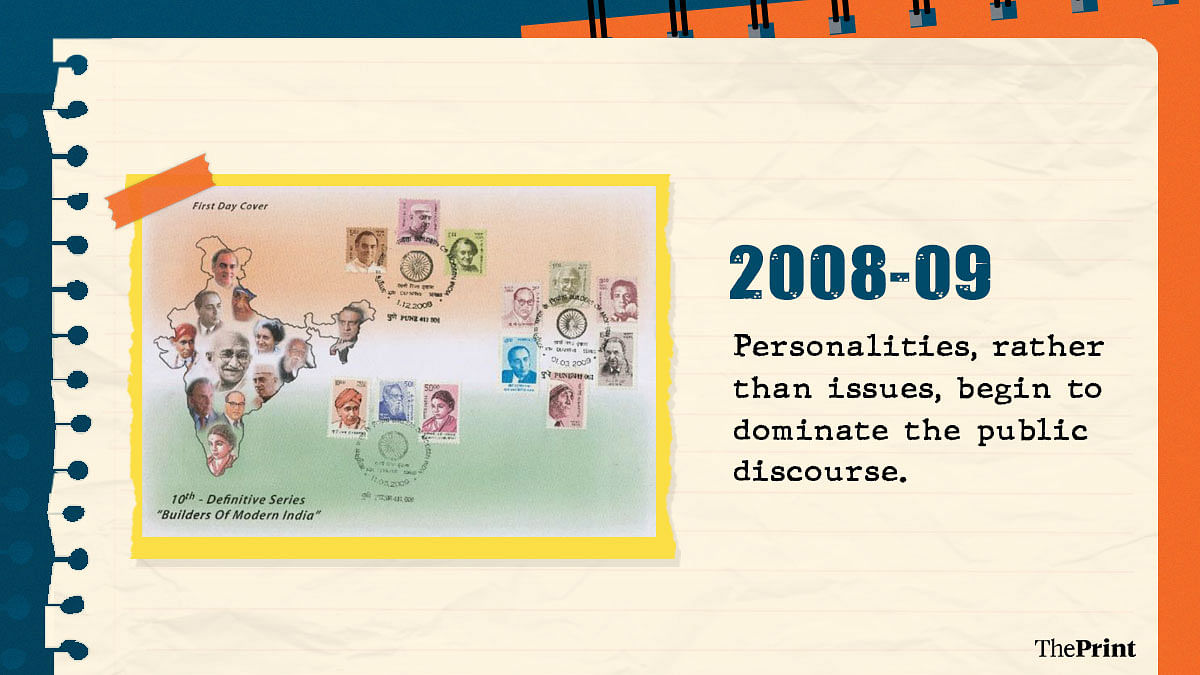

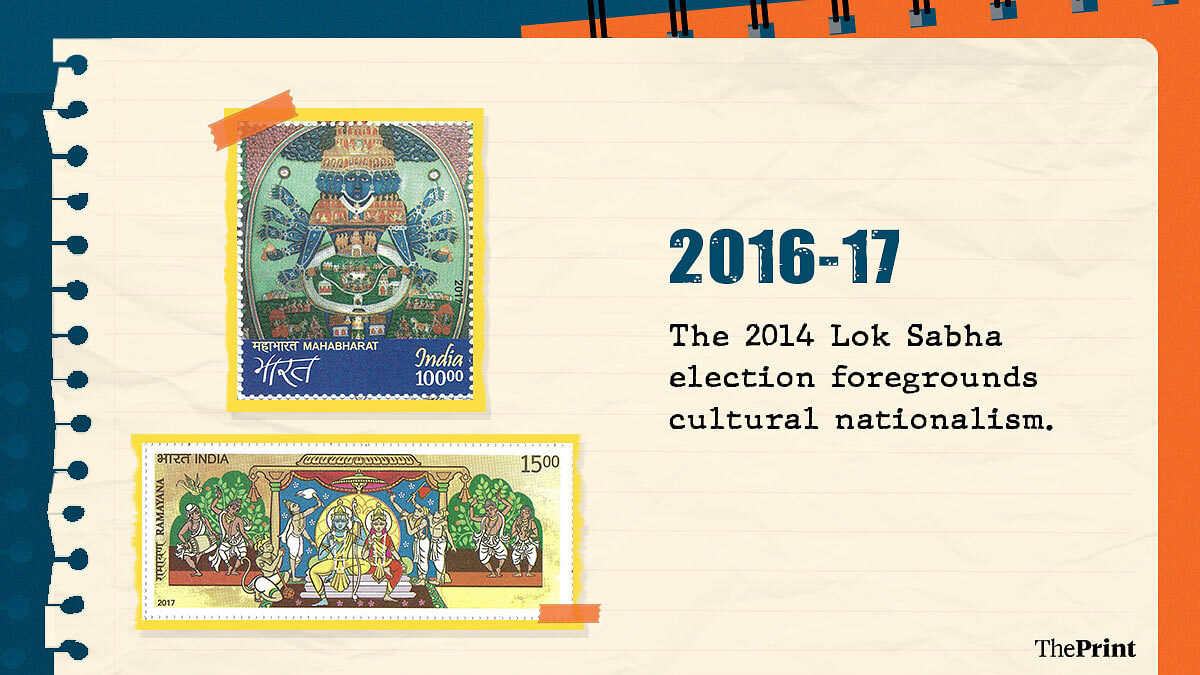
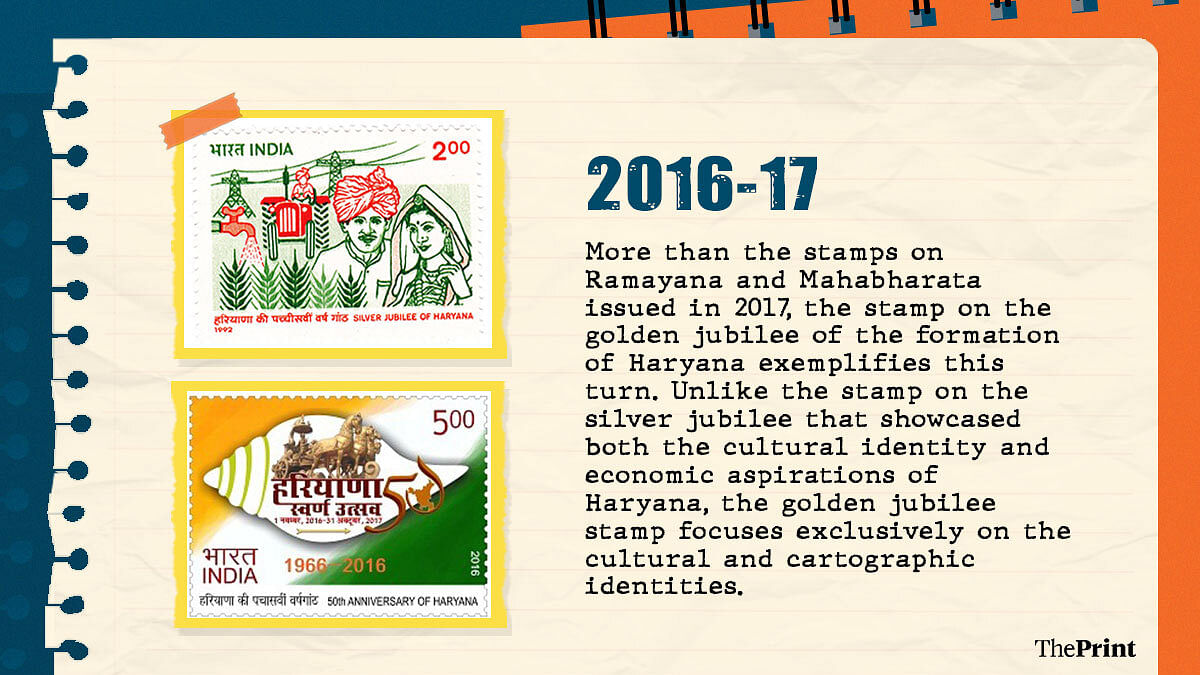


A few key developments, including bank nationalisation, liberalisation and nuclear tests (and the victory in the 1983 Cricket World Cup) have not featured on Indian stamps. This reflects the ambivalence or the lack of clarity of policymakers vis-à-vis these policy choices — while the postal department enjoys latitude with respect to the design of stamps, the selection of themes is largely a political choice, except on issues like flora and fauna.
In fact, only family planning, small saving, and agriculture have enjoyed substantial, continuous, and very innovative coverage in the first five decades after Independence. Most other themes were irregularly and inconsistently covered. Industries have, for instance, featured irregularly, and their portrayal lacked coherence, which likely reflects the rudderless industrial policy of successive governments.
Vikas Kumar teaches economics at Azim Premji University and is author of ‘Waiting for a Christmas Gift and Other Essays’ (forthcoming) and co-author of ‘Numbers in India’s Periphery: The Political Economy of Government Statistics’ (Cambridge University Press, 2020). Views are personal.
(Edited by Humra Laeeq)
(Illustrations by Ramandeep Kaur)


